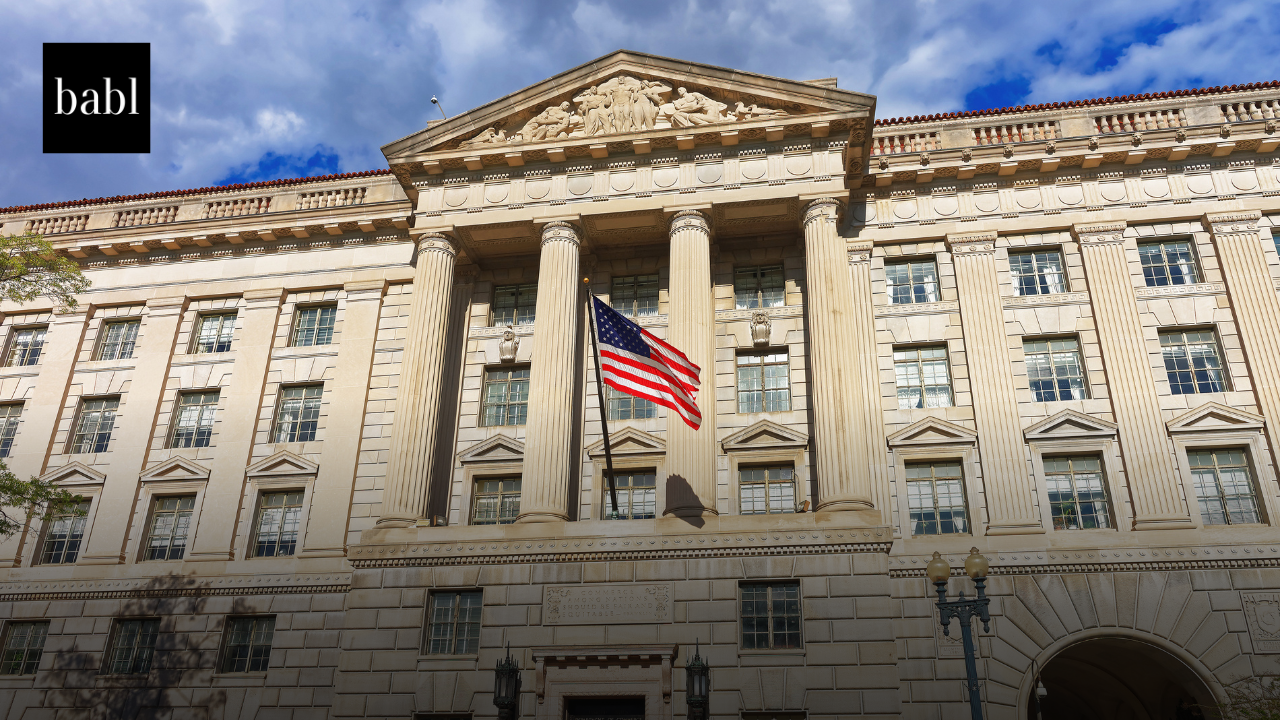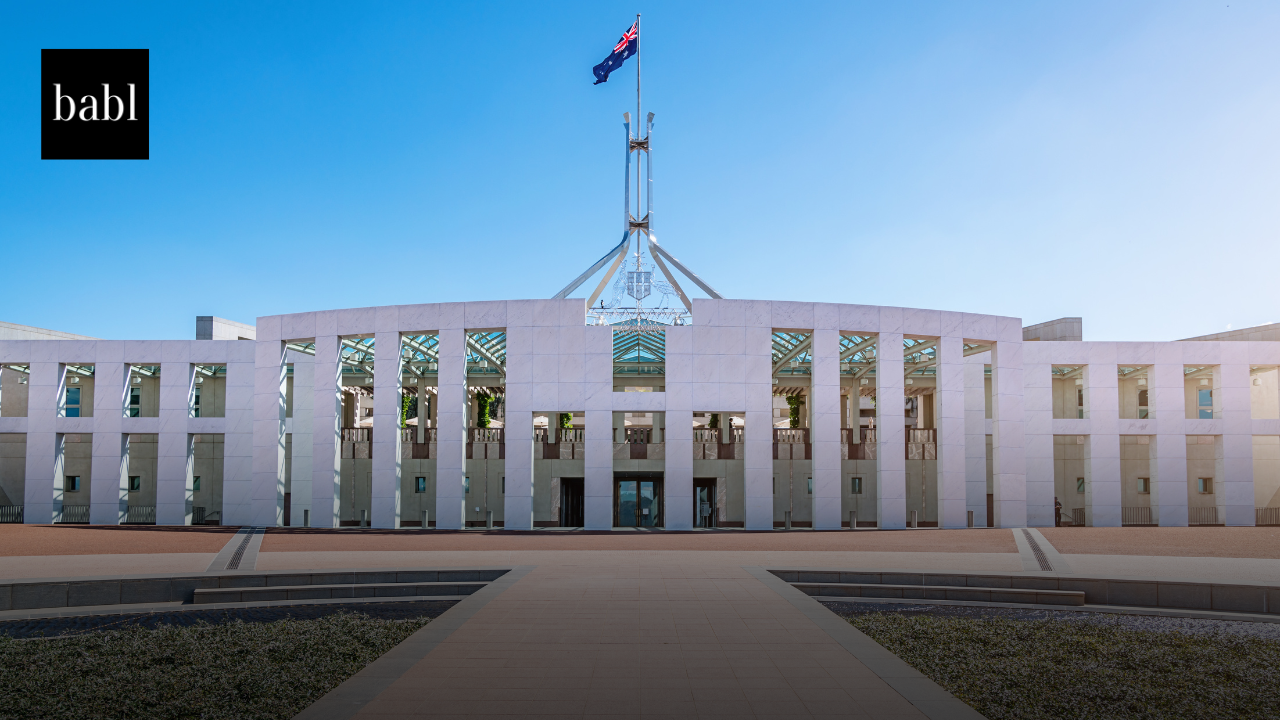UPDATED — JULY 2025: The initiatives described below—launched under President Biden’s 2023 Executive Order on the Safe, Secure, and Trustworthy Development of AI—are outdated as of mid-2025. On January 20, 2025, President Donald Trump rescinded the Biden-era Executive Order via Executive Order 14179, replacing it with a new framework focused on deregulation and American AI competitiveness.
The Trump administration’s current AI strategy is structured under the July 23, 2025 release of “Winning the Race: America’s AI Action Plan,” a sweeping blueprint organized around three key pillars:
-
Accelerating Innovation – Prioritizing public-private partnerships, open-source adoption, and repeal of regulatory barriers.
-
Building American AI Infrastructure – Streamlining permitting for data centers and investing in U.S.-based AI infrastructure.
-
Leading in International Diplomacy and Security – Promoting U.S. AI exports, shaping global standards, and protecting against foreign threats.
This strategy is reinforced by new executive orders, including:
– “Promoting the Export of the American AI Technology Stack”
– “Accelerating Federal Permitting of Data Center Infrastructure”
– “Preventing ‘Woke’ AI in the Federal Government” – which mandates ideological neutrality in federally procured AI systems.
While the NIST draft publications, GenAI challenge series, and USPTO inquiries referenced in the original article were accurate at the time of publication, many of these initiatives have since been revised, paused, or replaced under the Trump administration’s evolving AI policy.
ORIGINAL NEWS STORY:
Commerce Department Unveils Initiatives to Enhance Safety and Patent Clarity in AI
The U.S. Department of Commerce marked a milestone following President Biden’s Executive Order on the Safe, Secure, and Trustworthy Development of AI. Within the 180-day mark since the Executive Order, the Department unveiled several initiatives aimed at enhancing the safety, security, and trustworthiness of artificial intelligence (AI) systems.
The National Institute of Standards and Technology (NIST), under the Department of Commerce, introduced four draft publications intended to bolster the resilience of AI systems. These publications are accompanied by a challenge series designed to foster the development of techniques to differentiate between human-produced and AI-generated content. Additionally, the U.S. Patent and Trademark Office (USPTO) issued a request for public comment (RFC) seeking input on how AI might impact evaluations of patentability under U.S. law.
NIST Guidance
Secretary of Commerce Gina Raimondo stressed the Department’s commitment to transparency and collaboration. She highlighted progress in building guidance to harness AI’s benefits while reducing risks.
Two of the draft documents focus on generative AI, including chatbots and text-to-image tools. They complement NIST’s AI Risk Management Framework (AI RMF) and Secure Software Development Framework (SSDF). The goal is to outline risks unique to generative AI and recommend mitigation strategies.
Laurie E. Locascio, NIST Director, emphasized the need to address those risks. She explained that the guidance is meant to inform software creators and support innovation while encouraging safer design.
USPTO Feedback
The USPTO’s request for comment asked how AI changes evaluations of patentability. It focused on issues like prior art and skill levels in relevant fields. USPTO Director Kathi Vidal stressed the importance of protecting intellectual property while encouraging AI-driven innovation.
Public Comment
NIST kept the draft documents open for public comment until June 2, 2024. The process invited stakeholders to weigh in before final guidance. These efforts demonstrated the Commerce Department’s commitment to both safety and innovation.
GenAI Program
NIST also launched the GenAI program to evaluate generative AI technologies. The program released challenge problems to test the limits and potential of these tools. Its goals included protecting information integrity and promoting responsible content use.
At the same time, USPTO advanced work on clarifying the patentability of AI-assisted inventions. Officials said clear rules are needed to encourage innovation while protecting rights.
Need Help?
Keeping track of the everchanging AI landscape can be tough, especially if you have questions and concerns about how it will impact you. Therefore, don’t hesitate to reach out to BABL AI. Their Audit Experts are ready to provide valuable assistance.





